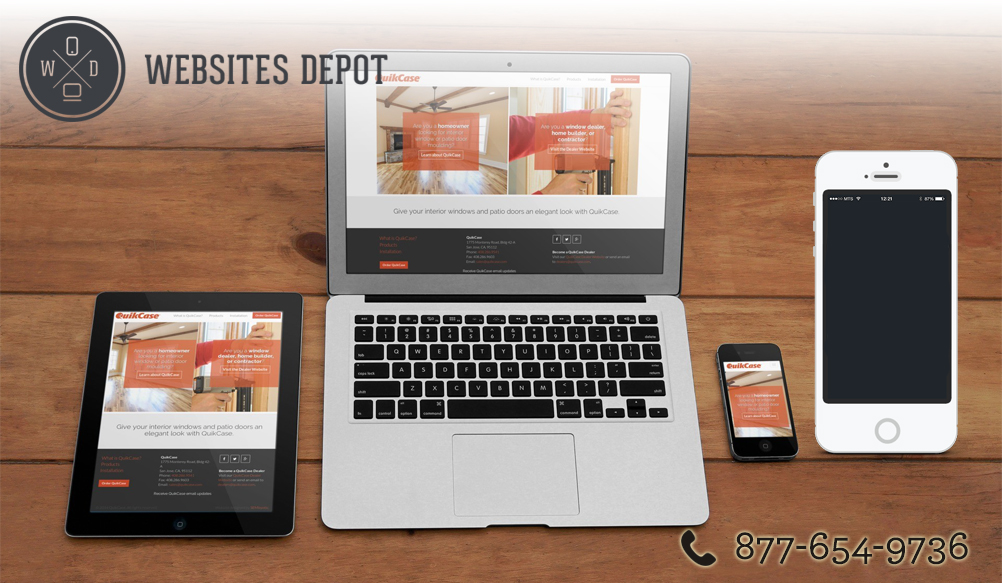
Which is Better: Adaptive or Responsive Design?

| Getting your Trinity Audio player ready... |
If you’ve been paying attention to the web design conversation in the past few years, you’ll notice that responsive and adaptive design keep coming up. So, by now you’re probably developing one of your sites with a adaptive or Responsive design.
Adaptive or Responsive design: what are the differences?
Adaptive aims to create the best user experience across all devices. Responsive is one design with variances from one device to another.
Although the two types of design are almost similar, adaptive design is entirely different.
In adaptive, the device-specific features are detected. The adaptive web design is serviced based on the information of the user’s device, which results in a custom-made experience.
However, the result can sometimes be less consistent compared with responsive design.
There are pros and cons of these two designs. But everything boils down to what’s better for your users?
Responsive design works well for websites with heavy content. It’s perfect for websites with fairly simple functionalities.
Adaptive design shines in most cases when the site’s performance is a crucial factor in determining visitors’ conversion and satisfaction. That said, adaptive is ideal for e-commerce websites.

Both designs use media queries to apply the rules of CSS based on the user’s screen size. Even so, some designers utilize adaptive design for sites with more sophisticated device detection script, which can be transparent to the user. One great example is if the visitors uses a low-end cellphone that doesn’t understand media queries. It requires a more complex solution.
The concept of responsive design can cause performance issues if it requires downloading of excessive data to a browser. Adaptive, on the other hand, creates several separate designs that can take a lot of work. And it also defeats the purpose of using one set of content to one URL.
But you can have these two in both ways. Some designers combine the aspects of responsive and adaptive into one design.
However, adaptive and responsive designs have their own advantages and disadvantages. Which one is better for your user can only be answered by putting your customers’ needs first and your business goals next.
Both terms are closely related, and they’re useful in different types of projects. If you’re interested to know more about which is better for your project, you may consider talking to one of our specialists. We can talk less about code and more about planning and strategy related to responsive or adaptive.